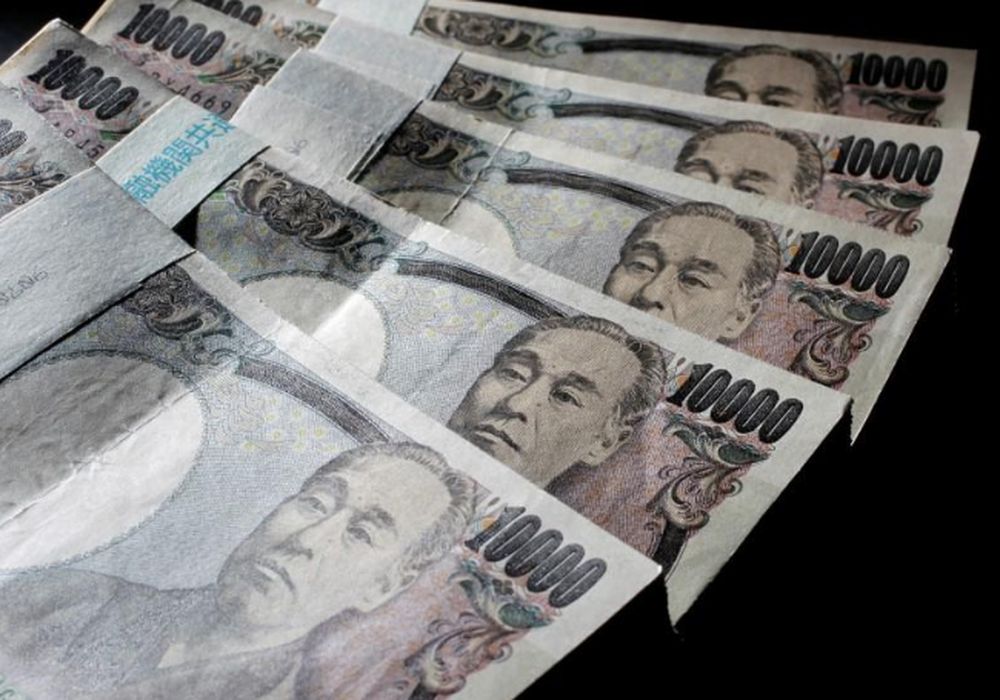SINGAPORE, March 25 ― The beaten-down yen bounced in Asia trade today as the Bank of Japan seemed in no rush to counter an increase in Japanese bond yields, while commodity currencies headed for a second consecutive weekly gain as export prices remained high.
After touching a six-year low of 122.44 per dollar in the morning, by the Tokyo afternoon the yen had snapped a five-day losing streak and was up as far at 1 per cent to 121.18.
That still leaves the yen down nearly 2 per cent on the week, but traders saw the lack of urgent intervention from the Bank of Japan when selling pushed 10-year government bond yields close to its 0.25 per cent target as a possible hint at policy flexibility.
“The BoJ has played a part in planting the seed in the minds of markets that their approach to yield-curve control is neither rigid nor a line in the sand,” said Mizuho economist Vishnu Varathan. “I think markets are perhaps calibrating more finely what are otherwise rather coarse one-dimensional bets.”
Ten-year Japanese government bond yields rose 3 basis points (bps) to a six-year high of 0.24 per cent today, above a level that prompted the BoJ promise of unlimited purchases in defence of its target in February.
Also today, Japanese Finance Minister Shunichi Suzuki said the government would continue to keep a close eye on currency moves, including recent yen declines.
The yen has been punished by surging energy prices lifting import costs and a widening policy gap with the United States, where the Federal Reserve is sounding ever more hawkish.
It remains some 5 per cent lower on the month and more than 8 per cent lower on a resurgent Australian dollar.
Australia is an exporter of energy and agricultural commodities, where supplies have been disrupted by the conflict in Ukraine. The local dollar was on Friday set for its second consecutive weekly rise of more than 1 per cent.
The Aussie was last steady at US$0.7523 (RM3.16), just a fraction below an overnight four-month high of US$0.7527.
The euro has been hurt by the same commodity price moves, and though it managed a 0.3 per cent lift in the Asia session it is steady for the week at US$1.1032.
The US dollar index edged 0.3 per cent lower to 92.437 and is also broadly steady for the week.
Elsewhere the gains in commodity prices have supported the New Zealand dollar, though it has run into stiff resistance just short of US$0.70 and was last at US$0.6977.
Sterling nudged higher to US$1.3221 as traders weigh a cautiously dovish outlook from the Bank of England against February data that showed higher-than-expected inflation.
In emerging markets the Mexican peso stood at a six-month high of 20.045 per dollar after an overnight interest rate hike which was largely expected, apart from it being announced ahead of schedule by the country's president.
Russia's rouble steadied at about 100 to the dollar in thin offshore trade, after catching a boost this week from Russian President Vladimir Putin's vow to start selling gas to “unfriendly” countries in roubles. ― Reuters






















